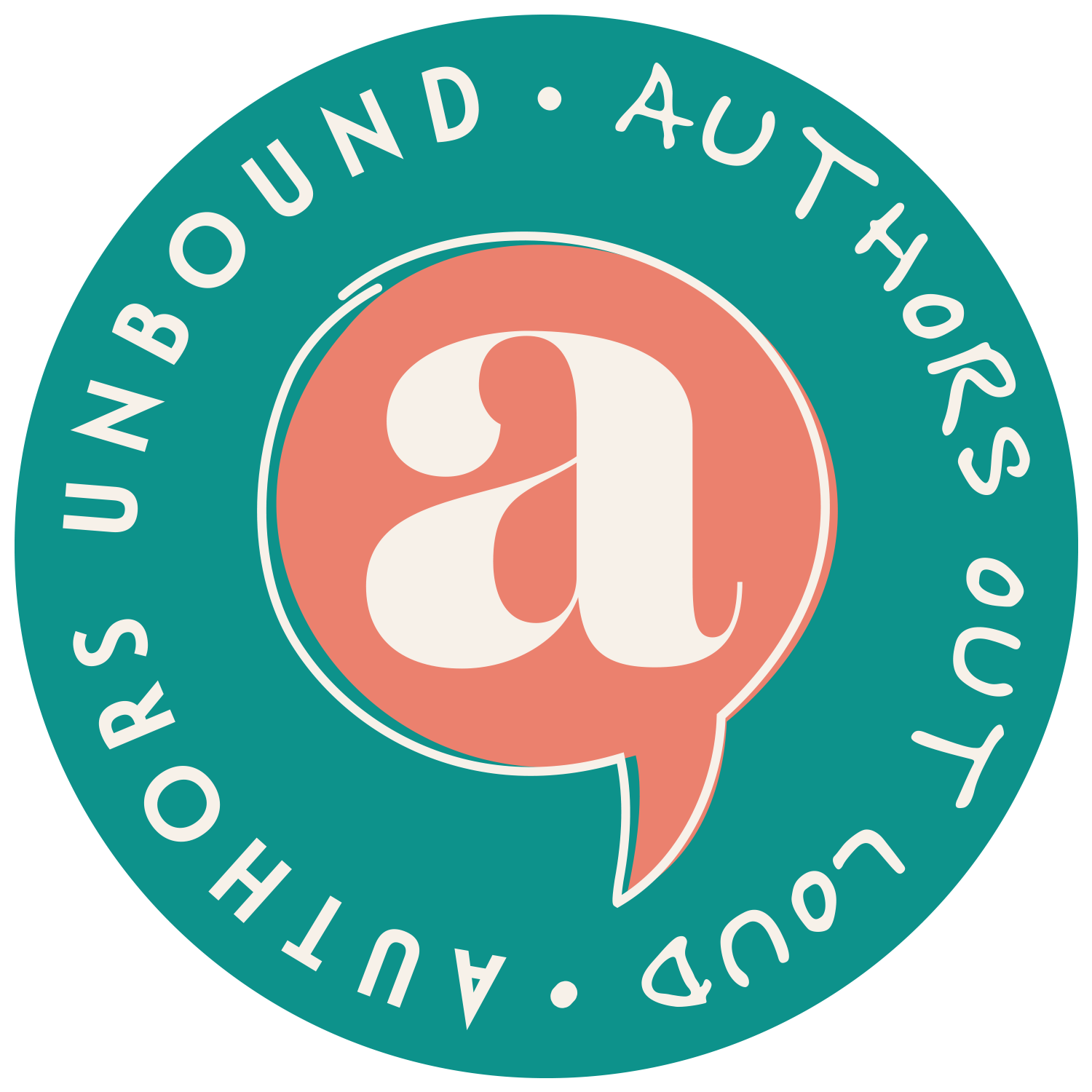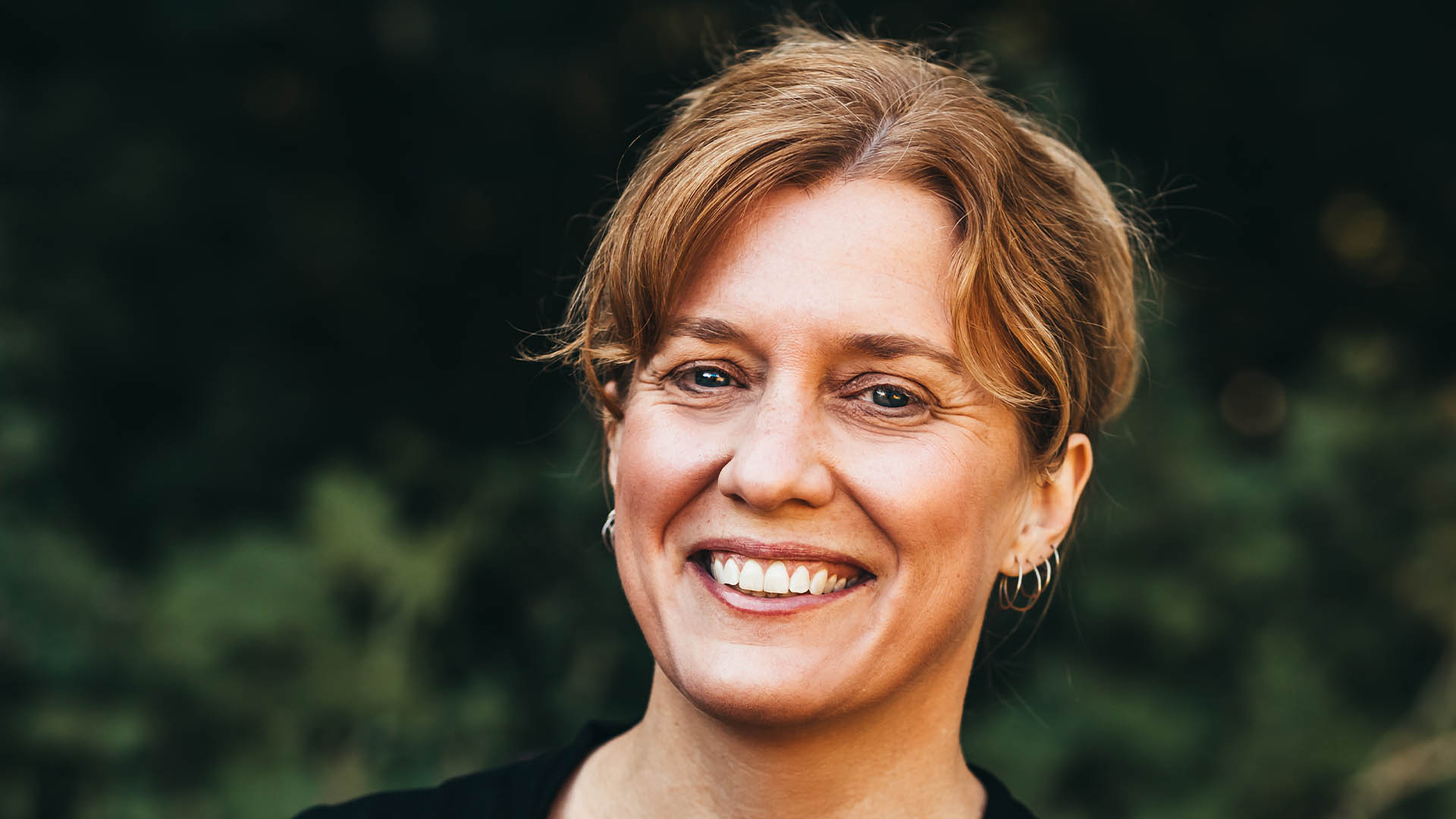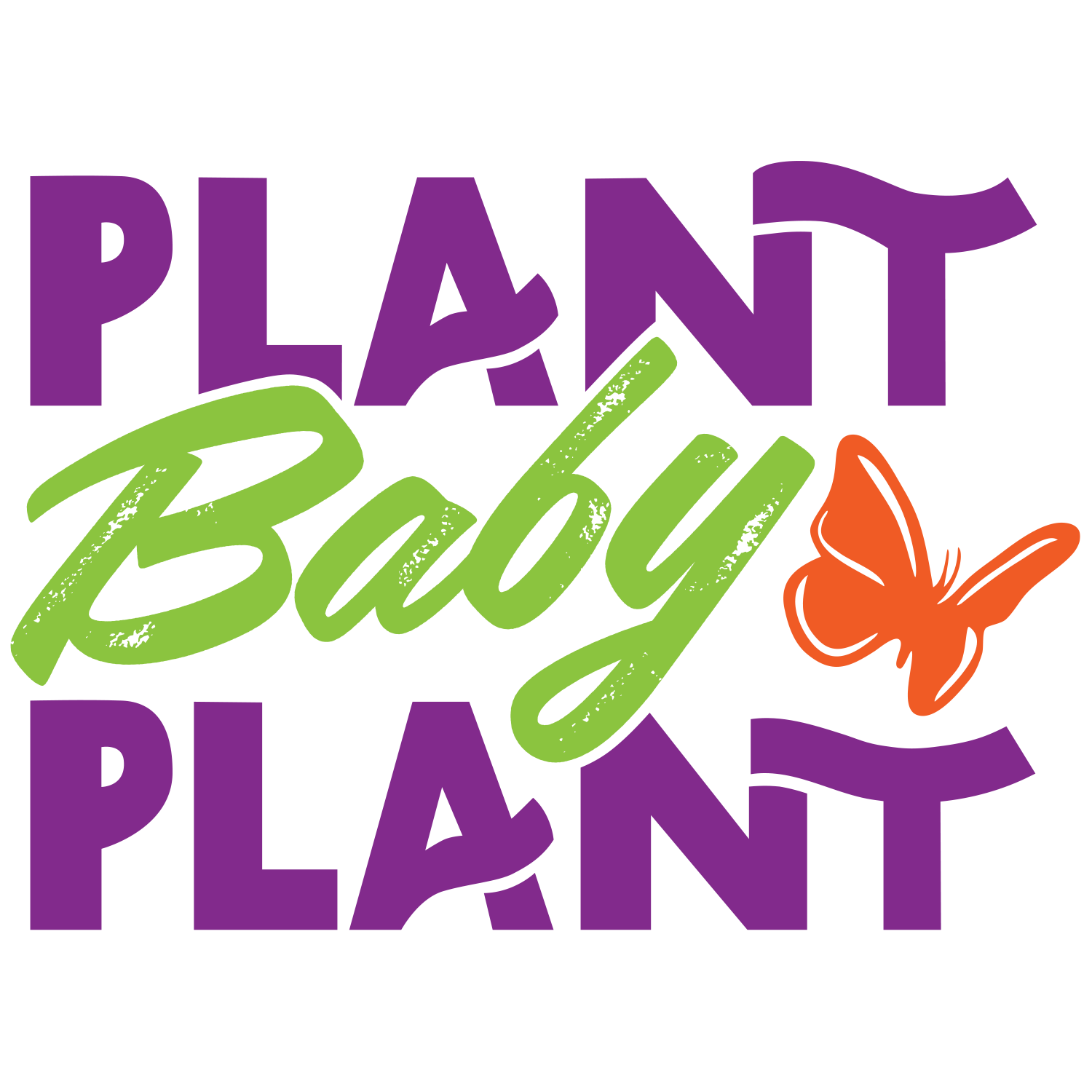A Post-Event Thought Piece
‘What To Do Now’ by Michelle Nijhuis
Earlier this month, I visited Eckerd College in St. Petersburg, Florida, where I talked about my book Beloved Beasts and the past and future of conservation. Eckerd is known for its programs in marine biology and environmental studies, and it was a joy to meet so many students engaged in the problems of conservation. It was also a fateful day; between my morning and evening talks, Charlie Kirk was murdered in Utah, and when I returned to the podium the questions from students felt even more urgent — to me and, I imagine, to them as well.
Many asked what they should, or could, do now. They weren’t necessarily asking for career advice, though many expected to have careers in conservation. They wanted to know how they could help stop or reverse the environmental losses they’d already witnessed. I gave a few different versions of my standard answer, which is to start doing something you know to be useful and find others to do it with. In the days since, I’ve been thinking more about what’s worked for me, and what I’ve seen work for others, as we’ve tried to further conservation. What follows is for the students I met at Eckerd, and for any conservationist wondering what to do next.
Start in your place. This is especially important, I think, if you’ve learned a lot of conservation theory but haven’t had a chance to put it into practice. No matter where you live, figuring out how to do conservation in your neighborhood will teach you a lot about the complexities of conservation in general, and you’ll be able to apply those lessons at a larger scale, in another place, or right where you are. Working locally and at a small scale is also likely to yield visible results, which can keep you going when you’re getting started and are most impatient for change.
Find out who knows what, who’s doing what, and who needs what. Even if you live in the middle of a city, you’re surrounded by other species’ habitats — and by people who know those habitats well and are working to protect, steward, and restore them. (If you can’t imagine that animals really depend on your place, or that anyone else cares about it, read A Natural History of Empty Lots.) Ask questions: who lived in this place first, human and non-human, and who lives here now? How has it changed, and how is it changing? Who depends on it, who enjoys it, who governs it, and who or what threatens its inhabitants? Who’s working on its behalf, and what do they need that you can provide? You might be needed to join a protest, plant seedlings, or write a grant proposal. Whatever’s needed will likely lead you to the next useful thing, and to more people to do it with.
Look for people working across divisions. Conservation is necessarily about blocking harm, but moving conservation forward requires bridging and building, too — finding points of agreement among people who vote differently or live differently and trying to expand that common ground. This kind of work is usually happening offline, far from the headlines: the board members of my local soil and water conservation district, for instance, almost certainly didn’t vote for the same candidate in the last presidential election, but every month they get together to discuss the habitat restoration projects the district supports. At a time when real dialogue is so often silenced by yelling or insults or worse, such collegial, purposeful discussions are not only refreshingly effective but just about the cheapest therapy you can find.
Resist the pleasures of doom. Doom is so tempting! And there are times when it seems very close at hand. I remind myself that none of us knows the end of our collective story. Plenty of conservationists worked through times of crisis — the world wars, the Dust Bowl, any number of plagues — that, to them, must have seemed like the end of the world. They may not have been optimistic during those times, but they believed they could still make things better, and many of them did. We can do the same.
Don’t wait on hope. While maintaining some faith in the future and your fellow humans is important, I find hope to be an unreliable motivator. I lose hope a dozen times a day! (Usually momentarily, but still.) Determination, love, and a sense of obligation — to place, people, or both — seem to sustain conservationists over the long run. And conservation is almost always a long run. When my own determination falters, I often return to a line that Aldo Leopold, in an unusually dark mood, wrote to a friend: “That the situation is hopeless should not prevent us from doing our best.” No matter how we see the odds, the living world deserves no less.



